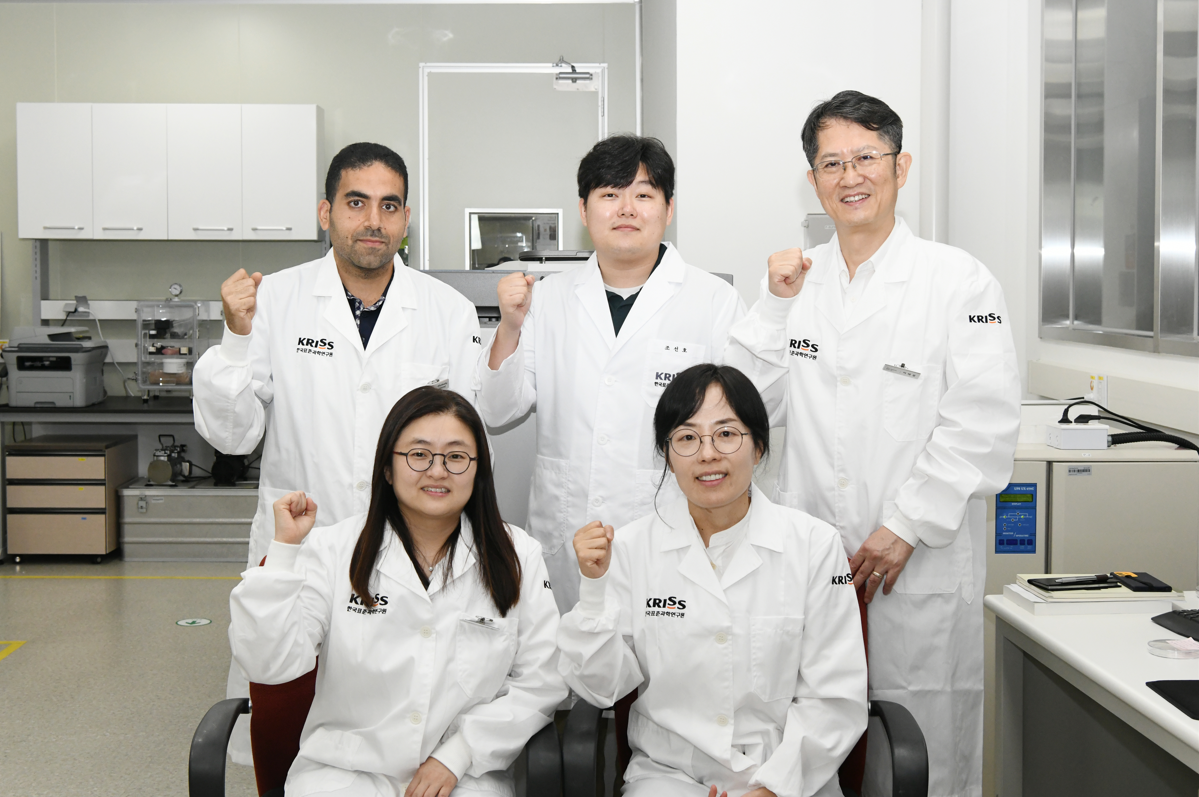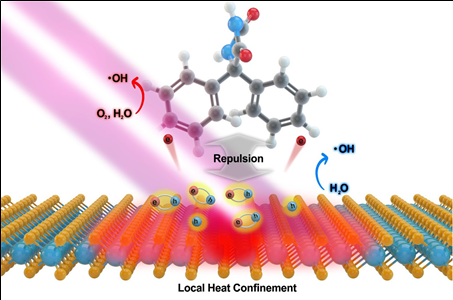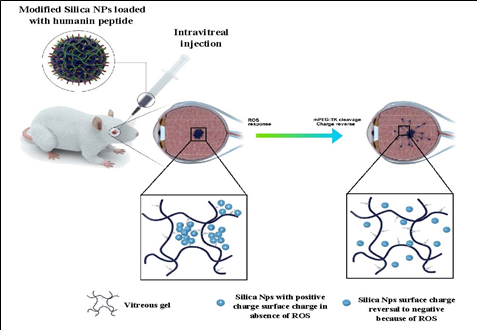KRISS Partners with Domestic University Hospitals
- Writerkrissadmin5
- Date2024-11-13 00:00
- Hits706
KRISS Partners with Domestic University Hospitals
to Develop Disease Diagnosis and Treatment Technology,
Alleviating Patient Burden
- In-body drug concentration diagnostic technology developed with Severance Hospital to suppress seizures in epilepsy patients -
- Drug delivery system developed with Seoul National University Hospital to enhance treatment efficacy and prolong duration for retinal diseases -
The Korea Research Institute of Standards and Science (KRISS, President Ho Seong Lee) announced that, through joint research with domestic university hospitals, they have developed an advanced disease diagnosis and treatment system based on nanomaterials.

▲ KRISS Nanobio Measurement Group
(From bottom left: Senior researcher Jin Gyeung Son, principal researcher Hee-Kyung Na,
principal researcher Tae Geol Lee, post-doc researcher Sunho Joh, PhD student Ahmed M. Elbedwehy)
The KRISS Nanobio Measurement Group, in collaboration with Associate Professor Sang-Guk Lee's team from Severance Hospital, successfully developed a new diagnostic technology for Therapeutic Drug Monitoring (TDM) in epilepsy* patients. This new method is expected to significantly reduce the time and cost of current diagnostics while maintaining accuracy, thereby lowering the overall burden on patients managing their condition.
* Epilepsy: A chronic neurological disorder characterized by recurrent seizures, commonly known as "seizure disorder."
○ The research was published in ACS Nano (Impact Factor: 15.8) in June.

▲ Schematic diagram of nanomaterial-based anti-epileptic drug concentration diagnostic technology developed by KRISS
Many epilepsy patients take anti-epileptic drugs to suppress habitual seizures that occur during daily life. To optimize treatment efficacy and prevent side effects from overdosing, patients must regularly monitor the concentration of these drugs in their body.
Currently, the diagnostic technology used in hospitals to monitor anti-epileptic drug concentration has limitations in terms of accuracy and time. The most common method, immunoassay, suffers from cross-reactions with similar drugs, resulting in lower diagnostic accuracy. Although mass spectrometry, which ionizes samples using electrospray, offers higher accuracy, it is time-consuming and costly, increasing the patient burden.
The team’s nanomaterial-based diagnostic approach has overcame the limitations of mass spectrometry. By introducing a molybdenum ditelluride (MoTe2) and tungsten ditelluride (WTe2) nanosheet mixture into the sample and ionizing it with a laser, they successfully improved both the drug detection speed and sensitivity.
When the team applied this newly developed diagnostic technology to the samples of 120 epilepsy patients, the results showed that reliability was maintained at over 99.9%, while the required time was reduced to one-sixteenth of the original. Additionally, the number of samples that can be analyzed in one session increased more than tenfold, potentially reducing diagnostic costs by half.
Moreover, the KRISS Nanobio Measurement Group, in collaboration with Professor Jeong Hun Kim’s team at Seoul National University Hospital, developed a new drug delivery system to enhance the efficacy and prolong the duration of treatment for neovascular retinal diseases.
○ The research was published in Journal of Controlled Release (Impact Factor: 10.5) in July.

▲ Schematic diagram of the drug delivery system for retinal disease treatment developed by KRISS
Most neovascular retinal diseases, including age-related macular degeneration (AMD), diabetic retinopathy (DR), and retinopathy of prematurity (ROP), are caused by an imbalance of reactive oxygen species (ROS) in the eye. Excessive production of ROS triggers oxidative stress, leading to retinal cell damage, vision impairment and eventually to blindness for the advanced cases.
Traditional treatments for neovascular retinal diseases involve injecting anti-VEGF agents like Ranibizumab (Lucentis) or Aflibercept (Eylea) into the vitreous. While these therapies are effective in inhibiting abnormal blood vessel growth, they mainly manage symptoms rather than addressing the root cause, oxidative stress, leaving around a third of AMD patients with limited visual improvement. Additionally, these treatments are expensive and require frequent injections due to their short duration of action, which increases the risk of complications such as hemorrhage and inflammation.
The team developed a novel drug delivery system using mesoporous silica nanoparticles (MSNs) to encapsulate humanin (HN), a small mitochondrial-derived peptide therapy with potent antioxidant properties. HN effectively inhibits oxidative stress, addressing the root cause of retinal damage. Encapsulation within MSNs protects the peptide, ensuring its safe delivery to retinal tissue. The system releases the drug only when oxidative stress is detected, extending its therapeutic efficacy per injection.
KRISS Nanobio Measurement Group’s principal researcher, Tae Geol Lee, remarked, "This achievement is significant as it addresses challenges faced in medical practice through collaboration between a national research institute and domestic university hospitals. We will continue to strive for the development of nanotechnology aimed at safeguarding public health."

